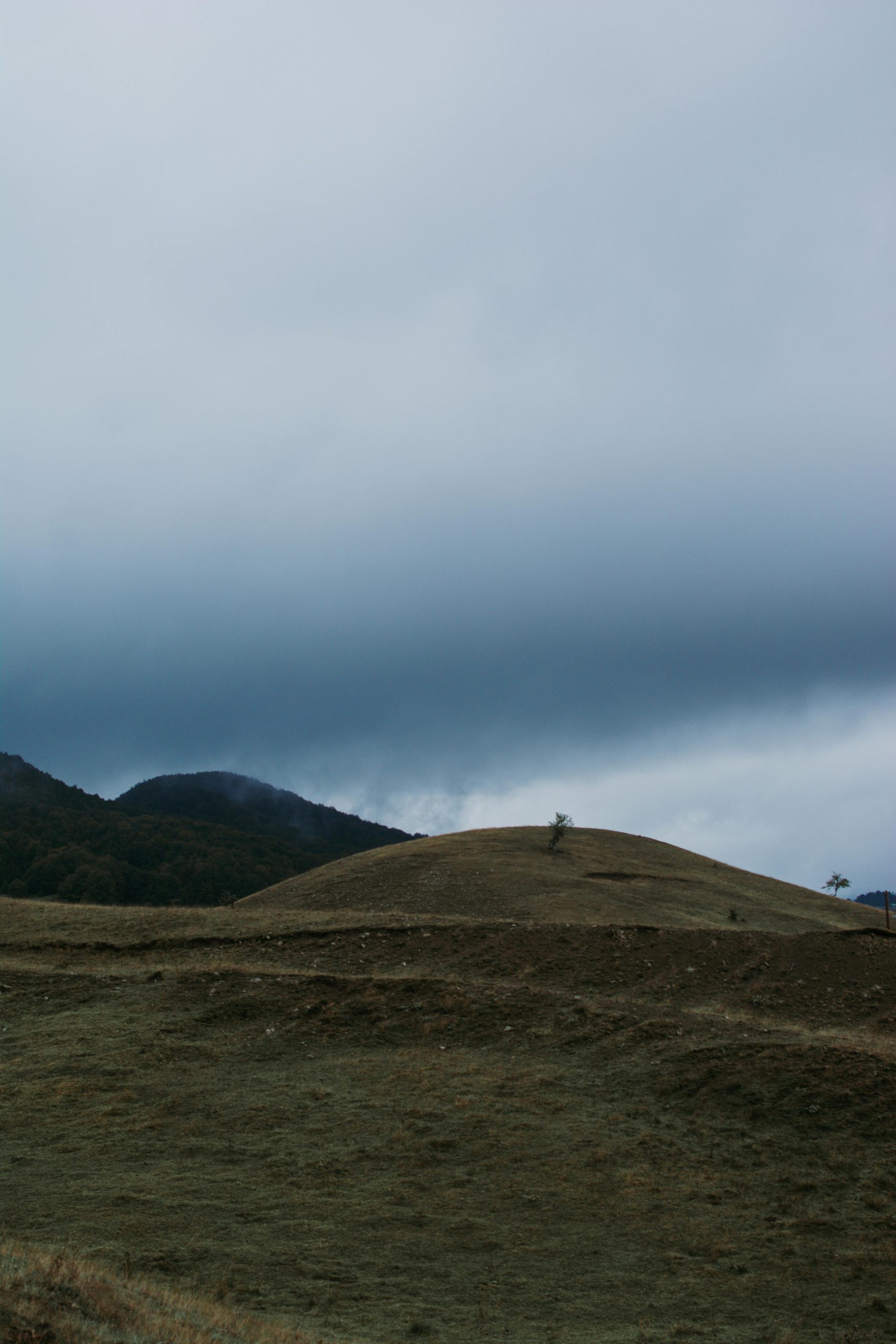Travel photography is an incredible way to document your adventures and share the beauty of the world with others. Whether you’re exploring bustling cities, serene landscapes, or vibrant cultures, capturing stunning shots can be both rewarding and challenging—especially for beginners. With the right techniques and a bit of practice, you can elevate your travel photos from simple snapshots to breathtaking works of art. Here are some essential tips to help you get started.
1. Master Your Camera Settings
Understanding your camera is the first step toward taking great travel photos. Whether you’re using a DSLR, mirrorless camera, or even a smartphone, knowing how to adjust key settings will make a huge difference.
Shoot in RAW Format
If your camera allows it, shoot in RAW instead of JPEG. RAW files retain more detail and provide greater flexibility in post-processing, allowing you to adjust exposure, white balance, and colors without losing quality.
Learn the Exposure Triangle
The exposure triangle consists of three elements: aperture, shutter speed, and ISO. Mastering these will help you control the brightness and sharpness of your images:
- Aperture (f-stop): Controls depth of field. A lower f-number (e.g., f/2.8) creates a blurred background, while a higher f-number (e.g., f/11) keeps more of the scene in focus.
- Shutter Speed: Determines how long the shutter stays open. Fast shutter speeds freeze motion, while slow speeds create motion blur.
- ISO: Adjusts the camera’s sensitivity to light. Lower ISO (e.g., 100) is ideal for bright conditions, while higher ISO (e.g., 1600) helps in low light but can introduce noise.
2. Plan Your Shots and Scout Locations
Great travel photos often require a bit of planning. Researching your destination beforehand can help you identify the best spots and times to shoot.
Golden Hour Magic
The golden hour—shortly after sunrise or before sunset—offers soft, warm lighting that enhances landscapes and portraits. Avoid midday sun, which can create harsh shadows and overexposed highlights.
Explore Unique Angles
Instead of taking every shot from eye level, experiment with different perspectives. Try shooting from a low angle to emphasize foreground elements or from a high vantage point for a bird’s-eye view.
Capture Local Culture
Travel photography isn’t just about landscapes—it’s also about people and traditions. Be respectful when photographing locals, and consider asking for permission to capture candid moments that tell a story.
3. Pack Light but Smart
Carrying too much gear can weigh you down, but having the right equipment is essential for capturing high-quality shots.
Essential Gear for Beginners
- Versatile Lens: A 24-70mm or 18-55mm zoom lens is great for landscapes, portraits, and street photography.
- Lightweight Tripod: Useful for long exposures, low-light shots, and stable framing.
- Extra Batteries and Memory Cards: Running out of power or storage can ruin a shoot.
- Polarizing Filter: Reduces glare and enhances colors, especially for skies and water.
Travel-Friendly Accessories
Consider a compact camera bag, lens cleaning kit, and a rain cover to protect your gear in unpredictable weather.
4. Edit Your Photos for a Professional Touch
Editing is a crucial step in travel photography. Even minor adjustments can transform a good photo into a great one.
Basic Editing Tips
- Crop and Straighten: Remove distractions and align horizons for a cleaner composition.
- Adjust Exposure and Contrast: Brighten shadows or tone down highlights to balance the image.
- Enhance Colors: Boost saturation or vibrancy slightly to make landscapes pop.
- Sharpen: Apply subtle sharpening to enhance details.
Popular Editing Tools
Free options like Snapseed or Lightroom Mobile are great for beginners, while Adobe Lightroom and Photoshop offer advanced features for desktop users.
5. Practice and Be Patient
Travel photography is a skill that improves with time and experience. Don’t get discouraged if your first shots aren’t perfect.
Take Your Time
Instead of rushing through locations, slow down and observe your surroundings. Look for interesting light, textures, and compositions.
Learn from Others
Follow professional travel photographers, study their work, and try to replicate their techniques. Online tutorials and photography communities can also provide valuable insights.
Keep Shooting
The more you practice, the better you’ll become. Experiment with different styles and subjects to find what resonates with you.
Travel photography is a journey in itself—one that allows you to see the world through a creative lens. By mastering your camera, planning your shots, packing smart, editing thoughtfully, and practicing consistently, you’ll be well on your way to capturing stunning images that tell
